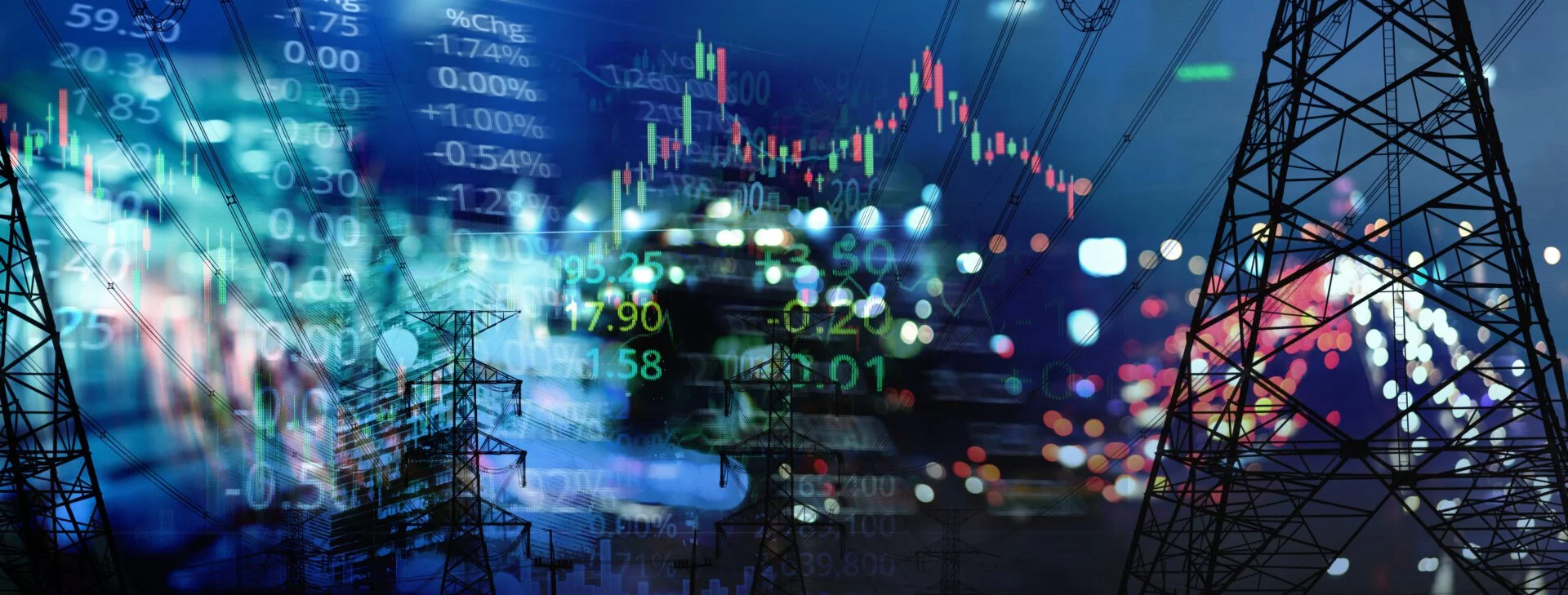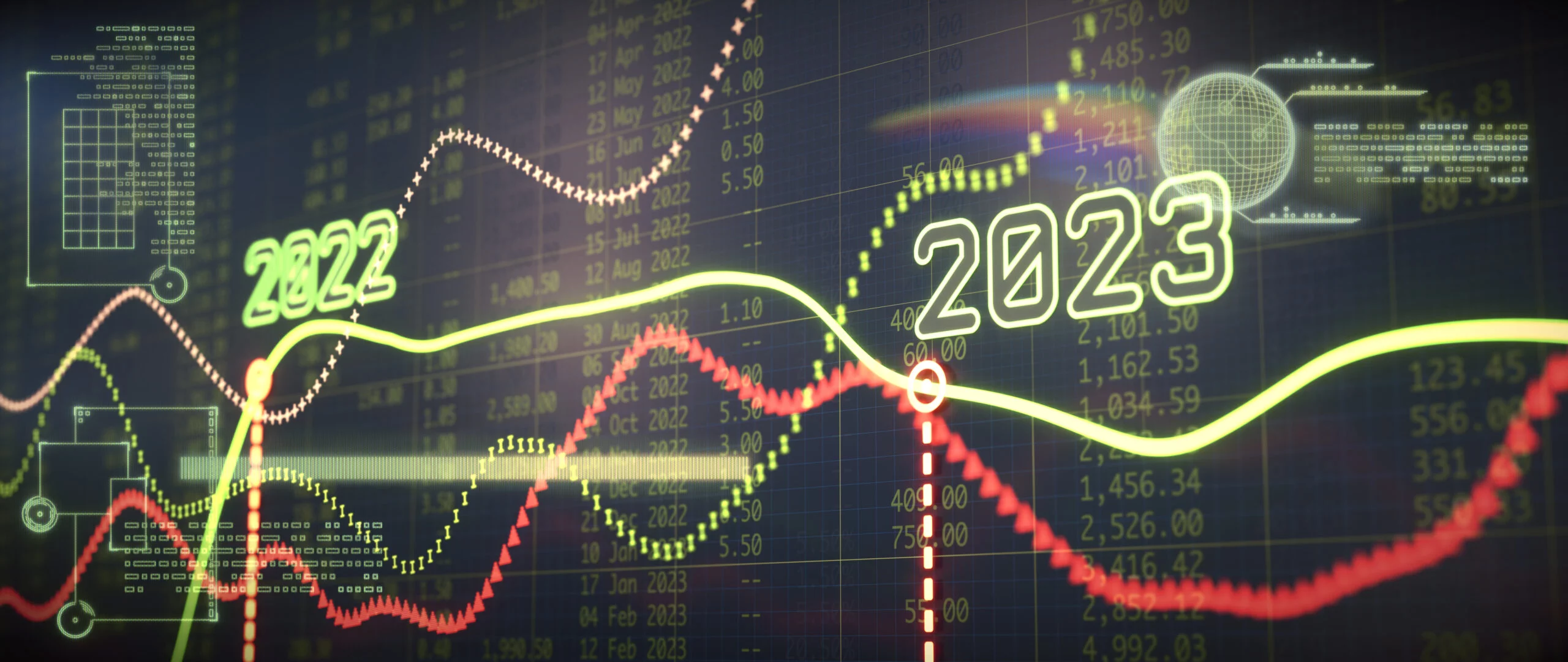Energy usage has progressively increased over the last several decades, to support the greater demand created by electrification efforts balanced against shifting energy portfolios caused by global decarbonization efforts. According to the EIA, the U.S. consumed 4.07 trillion kWh in 2022, the greatest demand ever recorded and 14x higher than demand in 1950. These increases create multiple challenges for utilities including energy insecurity and rising electric costs, particularly during peak demand periods. For the latter, utilities have turned to demand flexibility programs like demand response, EV managed charging, or virtual power plants. For the former, the same distributed energy resource (DER) assets that enable demand flexibility programs are useful in energy arbitrage strategies.
With more energy consumed every day, and a little more even every year, changing energy portfolios and DER intermittency, aging infrastructures, and the reality of climate change-caused weather costs, what’s a utility to do? Buy low, use high, using a technique called energy arbitrage.
What Is Energy Arbitrage?
Simply put, energy arbitrage is a strategic energy purchasing tactic wherein utilities buy power during off-peak hours when grid prices are the cheapest for potential use during peak periods of demand. That energy is stored and, for all intents and purposes, saved for “emergency” situations.
Thanks in part to the massive growth of utility-scale battery storage, which more than tripled from 1.4 GW at the end of 2020 to 4.6 GW in 2022, energy arbitrage has become an increasingly critical way for utilities to boost the use of renewables while maximizing income. In fact, the EIA reports that U.S. battery power capacity is most often used for arbitrage purposes, with peak shaving coming in a distant fifth in terms of use cases.
Research indicates that U.S. battery storage capacity could grow by as much as 89% in 2024 alone, providing further opportunities for utilities to implement energy arbitrage strategies. Aided by Topline Demand Control, utilities can employ battery storage demand flexibility initiatives at both the grid scale and the grid-edge. Topline Demand Control combines , forecasting technologies, and model predictive control to optimize distributed energy resources (DERs). While for now, these energy arbitrage strategies rely on Grid DERMS and utility-scale assets, Topline Demand Control can provide access to the behind-the-meter DER assets needed to reliably meet demand, providing exactly what grid operators request during the demand event window.
Combining energy storage with renewable energy sources like solar, electric vehicles and EVSE, and smart behind-the-meter devices like thermostats or water heaters helps utilities overcome intermittency with grid-tied battery systems. Topline Demand Control expands on that, complementing these grid-scale strategies through behind-the-meter DER assets.
In terms of grid-tied battery systems, the two main applications are energy arbitrage and grid services:
- Energy arbitrage consists of storing surplus electricity (from sources including renewables) when there’s ample supply and lower prices and then providing that energy to the grid when demand is greater and prices are therefore higher. The practice leverages variances in prices in two or more markets, creating profit through a combination of matching deals to capitalize on the difference between the market prices at which the units are traded.
- Grid services are various functions that can be performed by batteries to keep the grid stable. Batteries can balance generation and consumption, and they can control voltage and frequency.
Economic Dispatch & Economic Merit
To better understand how energy arbitrage works, it’s useful to look at real-world examples.
In 2019, Green Mountain Power proposed three solar-storage projects for us in grid stability and energy arbitrage projects. Last year, Green Mountain Power announced further plans to install battery storage in most homes in their service area, which, again, both aid in grid resiliency/load shifting initiatives, as well as energy arbitrage strategies.
For an older example, ISO New England, which serves 7.2 million retail electricity customers and a population of 15.1 million people, is almost constantly (about every five minutes) engaging in economic dispatch—selecting which energy resources to operate so it can produce just the right amount of electricity to meet the region’s demand at the most affordable price. What that means is that ISO New England is actively and continuously monitoring for the least expensive resources available to meet demand at any given time. To do this, they employ economic merit order, which is a method of “prioritizing which electricity producers can sell to the main energy grid, as determined by the marginal cost of production per kWh of electricity.” Conceptually, this is meant to decrease the total cost of electricity production, while guaranteeing continuity of service.
But, it’s important to note that “resources” can refer to any asset, including any of the aforementioned distributed energy resources (DERs) that are renewable-energy-produced electricity from utilities’ residential battery storage networks.
Regardless of the resource, energy arbitrage becomes more lucrative as the price difference between off-peak and peak electricity increases. As the differential shrinks, the potential savings through energy storage (and arbitrage) are reduced. That’s why it’s important to use sophisticated forecasting models to anticipate fluctuations, with battery storage helping to time-shift wind and solar outputs that can help mitigate weather forecasting inaccuracies while efficiently delivering energy when the electricity prices are higher.
The concepts of economic dispatch and economic merit also can be applied at a much larger scale in the wholesale electricity market. Traditionally, generation companies have sold their electricity at higher spot prices because their wind turbines and solar farms depend on the vagaries of the weather. Now, with utility-scale energy storage, these generation companies can hold on to their renewable energy resources for hours until wholesale electricity prices rise, maximizing profits that then can be reinvested in the battery storage network.
Energy Arbitrage “Partners”
The time-varying mismatch between electricity supply and demand that is inherent in energy arbitrage is a growing challenge for the grid as renewable energy resources proliferate. Due to their weather-related volatility, this difference will be exacerbated by the fast-growing renewable energy market. Energy storage systems offer a solution for this imbalance while generating economic benefits through energy arbitrage, which will continue to be a critical tool for utilities to manage grid resources for the foreseeable future.
Distributed Energy Resources (DERs)
Research indicates that DER adoptions are anticipated to nearly double by 2027. Some of the most exciting DER technologies include vehicle-to-grid (V2G) charging, battery storage initiatives, as well as virtual power plants.
When utilities pilot, scale, and sustain DER programs, there are three major benefits:
- Reducing energy demand creates financial incentives to offset energy costs.
- Decreasing demand improves the reliability of the electric grid.
- Implementing DER programs leads to a greater ability to efficiently manage the electricity market.
Demand Flexibility
Curtailing energy usage frees up revenue that otherwise would go to supplying the grid with higher-priced (and often less sustainable) power during high load-demand times. Demand flexibility programs like demand response or EV managed charging through a concerted, aggregate conservation effort. Through the use of a distributed energy resource management system (DERMS), utilities can aggregate otherwise disparate behind-the-meter DER assets to increase system efficiency while shifting electricity consumption away from peak load times to periods when demand (and cost) is lower, reducing overall energy consumption.
Combined with Topline Demand Control, these functionalities increase the potential for the virtual power plant penetration necessary to defray high peak energy costs, while meeting demand. In fact, the DOE reports that 80-160 GW of total virtual power plant capacity is needed in the U.S. grid by 2030 to meet the need as more fossil fuel plants are retired. In tandem with grid-scale projects, these load-shifting strategies can directly contribute to energy arbitrage strategies.
Forecasting
Forecasting technologies are an effective analytics tool in preparing for potential energy arbitrage needs or to meet grid demand. Forecasting leverages machine learning and accumulated real and historical data to inform utilities of their potential planning needs. Essentially, demand forecasting turbocharges the electricity-purchasing process by providing utilities with a view into the near-term future so they can use energy arbitrage to “buy low, use high” with confidence.
Load forecasting can turn information into action by synthesizing into one platform the most relevant data sources, from predictive weather forecasts to real-time usage data to DER programs to granular battery telematics. It also makes it possible for utilities to efficiently manage portfolios by rapidly responding to changes in demand response programs without waiting for a data analysis team to pore over complex data sets.
Conclusion: Energy Arbitrage (& Other) Opportunities Abound
The world is getting hotter, with more people competing for finite energy resources. The increasing development and deployment of electricity from renewable sources—made possible in part through the booming storage sector—provides a notable bright spot. The future of the electric grid is increasingly managed through energy arbitrage, which has benefits for utilities, customers, and the environment.
In 2021, retail sales of electricity in the United States generated revenues of $424.3 billion, a year-over-year increase of nearly eight percent. That growth—combined with the expanding energy arbitrage market plus strategies including load forecasting, demand response, and DERS—creates an opportunity for utilities to build a better electric grid and a more sustainable planet.
This blog was originally published on September 7, 2022 with updates on August 9, 2024.





